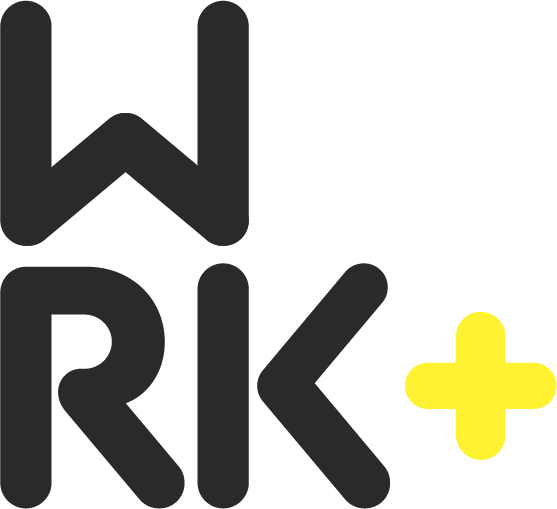12 Months of Impact: A Strategic People Calendar for FY26
The new financial year marks more than just a budget reset-it is a fresh opportunity to realign our people and culture priorities with purpose.
As teams return with renewed energy, now is the time to set the tone, strengthen engagement, and embed values into everyday work. This month-by-month guide offers a clear, intentional roadmap for building momentum across the year- from July’s culture reset to June’s strategic workforce planning. By syncing our efforts with the natural rhythm of the business cycle, we can drive meaningful change one month at a time.
July – Culture & Values Reset
The new financial year begins with an opportunity to re-anchor the organisation in its core purpose. July is the ideal time to reintroduce company values, set cultural expectations, and clarify the behaviours that define success. Through a Culture Refresh workshop, teams reflect on how values show up in everyday work, building a stronger foundation for the months ahead.
Task: Run a “Culture Refresh” workshop.
Why: Start the financial year by reconnecting teams with the company’s mission, values, and behavioural expectations.
Deliverable: Updated values in action framework or team charters.
September – Wellbeing Month
As winter fades, September is a prime time to prioritise employee wellbeing. This month acts as a preventive reset; supporting mental, emotional, and physical health before the end-of-year sprint. Initiatives like wellbeing calendars or resilience training build habits that last.
Task: Launch a wellbeing initiative (e.g. mental health awareness, resilience training, RUOK Day).
Why: Boost employee morale post-winter and build habits before burnout season.
Deliverable: A calendar of wellbeing activities or a partnership with a wellbeing provider.
October – Diversity & Inclusion Focus
With October recognised as Mental Health Month in Australia, it’s an opportune time to broaden the lens and emphasize inclusion in all its forms. By hosting an inclusion workshop or conducting a D&I audit, organisations can identify gaps, strengthen culture, and ensure everyone feels seen and supported.
Task: Host an Inclusion Workshop or run a D&I audit.
Why: October is Mental Health Month in Australia and a good time to integrate broader inclusion.
Deliverable: A D&I improvement plan or team-based D&I pledges.
November – Recognition & Appreciation
As the year draws to a close, fatigue can creep in. November is the moment to re-energise teams through meaningful recognition. Whether it’s launching a peer-to-peer program or formalising award structures, celebrating effort and achievement reinforces positive culture and boosts retention.
Task: Launch or refresh an employee recognition program.
Why: End of the year fatigue sets in—this helps uplift and retain team members.
Deliverable: Peer-to-peer recognition tool or structured award system.
December – Reflection & Culture Celebration
Before the year wraps, December invites us to pause and reflect. This is a time to look back on accomplishments, acknowledge challenges, and celebrate the journey. Culture retrospectives and all-staff celebrations help close the year with gratitude and pride, while surfacing insights for future growth.
Task: Run a year-end culture and achievement retrospective.
Why: Acknowledge wins and extract lessons before the break.
Deliverable: A culture report or all-staff celebration event.
January – Flexible Work & Leave Reset
The new calendar year offers a natural opportunity to review work-life balance practices. January is perfect for resetting flexible work policies, reaffirming leave entitlements, and checking in with staff as they return from holiday. It’s all about starting fresh with clarity and care.
Task: Review flexible work arrangements and leave policies.
Why: New year, refreshed mindsets- it’s the right time to revisit work-life balance strategies.
Deliverable: Updated flexible work guidelines or a “return-to-work” pulse survey.
March – Employee Engagement Deep Dive
With the year in motion, March is the time to take the pulse of the organisation. An engagement survey paired with feedback sessions offers rich insights into what’s working and what’s not. When followed by an action plan, this process shows employees their voices matter.
Task: Run a WRK+ engagement survey and feedback session.
Why: Enough time has passed to assess the impact of new-year changes.
Deliverable: Actionable insights from employee feedback with a published response plan.
April – Talent Pipeline & Succession Planning
With year-end in sight, April turns the focus toward the future. Mapping critical roles and identifying successors helps minimise risk, nurture talent, and build long-term resilience. Succession planning isn’t just for executives - it’s a strategic advantage across the organisation.
Task: Identify and map critical roles and successors.
Why: With the end of the financial year approaching, planning for turnover is key.
Deliverable: Succession matrix and skills development plan.
May – Learning & Capability Building
Post-Easter, employees are reengaged and ready to grow. May is a great time to launch learning campaigns or spotlight internal expertise. Whether through microlearning or skills audits, this month reinforces a culture of curiosity and continuous improvement.
Task: Launch an internal learning campaign or microlearning series.
Why: Staff tend to focus again post-Easter and are receptive to development.
Deliverable: Skills matrix update or L&D campaign tied to company strategy.
June – Workforce Planning & Strategic HR
June brings closure and foresight. With the next financial year approaching, workforce planning becomes essential. Leadership alignment on roles, resources, and capabilities ensures that People & Culture strategies are not just reactive, but future-focused and financially grounded.
Task: Run a workforce planning session with leadership.
Why: Prep for the next financial year and budget allocations.
Deliverable: Updated workforce plan, role forecasts, and skills needs analysis.
No matter where you are on your people and culture journey, taking a structured, month-by-month approach can bring clarity, consistency, and lasting impact. From re-energising culture to strengthening leadership and wellbeing, each initiative builds on the last to create a thriving workplace.
At WRK+, we partner with organisations to design, deliver, and embed these initiatives in ways that are practical, strategic, and aligned with your goals. Whether you need support running a culture workshop, designing a development plan, or building an engagement strategy—we’re here to help you make every month count.



